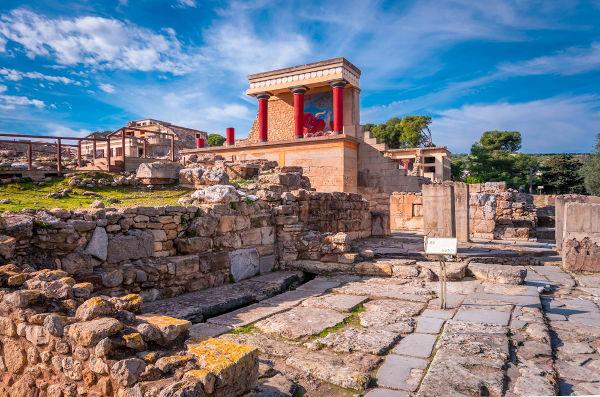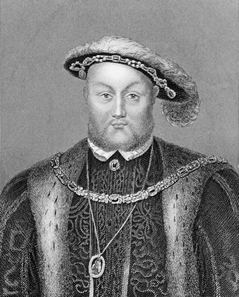For a long time, historians and others interested in the Renaissance universe had great concern to mark this movement as an episode of rupture with the old values of the Age Average. In this respect, the Renaissance are seen as great men who have taken up the cultural tradition. Greco-Roman, which had been overshadowed by dogmatism and the intellectual supremacy of the Church throughout the whole of the medieval.
On the one hand, we cannot deny that the Renaissance was profoundly influenced by the conceptions and knowledge of the classical world. The notion of beauty, the concern with human themes and the exploration of rationalism attest to this dialogue between the Renaissance and Antiquity. Furthermore, we cannot forget that the Church itself was criticized and sought to combat some of the artists, philosophers and scientists who were part of this same movement.
However, looking at the Middle Ages and the Renaissance itself with a little more attention, we come to realize that this Manichean perspective does not encompass the entire experience. In this respect, we must understand that the Renaissance did not arise from a sudden desire to deny everything that was built by the Middle Ages. In fact, we can see that the much-criticized “Dark Ages” was of paramount importance for the Renaissance movement to be possible.
First, we must point out that classical knowledge was largely preserved by the action of copyist monks who translated and reproduced the knowledge of the Greeks and Romans. In the eighth century, several Christian scholars were attracted by the intense artistic and intellectual activity carried out in the court of King Charlemagne. During this period, known as the “Carolingian Renaissance”, the values and knowledge of various cultures circulated across the European continent.
In the eleventh and twelfth centuries, we observe that the Iberian Peninsula was taken over by the territorial expansion of Muslim Arabs. Contrary to what many might imagine, this context was extremely important for Arab intellectuals to translate and disseminate important classic works in their language. Even the crusade movement ended up being of great importance for the exchange of knowledge between Arabs and Christians to intensify.
Moving to the work of some renaissance authors, we can see that their way of seeing the world expresses well the idea of formulating a coexistence between modern values and Medieval times. If, on the one hand, several canvases were marked by the details of human forms, many of them also had religion as their theme. Looking at Don Quixote de Cervantes himself, we observe that the departure from medieval literature would not make this legendary character possible.
In raising these questions, we do not want to do some kind of justice in favor of the Middle Ages. The important thing here is to highlight that several important figures of the Renaissance were influenced by issues developed in the Middle Ages and who, in some cases, could only reach the status of "Renaissance" due to transformations and choices developed at the same time previous. More than a rupture, we must see the Renaissance as a process.
Do not stop now... There's more after the advertising ;)
By Rainer Sousa
Graduated in History
Brazil School Team
Modern age - General history - Brazil School
Would you like to reference this text in a school or academic work? Look:
SOUSA, Rainer Gonçalves. "Rebirth: a simple rupture?"; Brazil School. Available in: https://brasilescola.uol.com.br/historiag/renascimento-uma-simples-ruptura.htm. Accessed on June 27, 2021.



